Affiliate Disclosure: We earn a commission if you purchase through one of our links at no additional cost to you.
How do you decide which is your most important lens? Photographers have a lot of different needs, depending upon their genre of photography and their own style. There are many aspects that help a photographer tell a story and create a voice of their own. If there’s a piece of gear that’s more important than the camera body, it’s the lens we use.
Which Lens Do You Choose?
I keep coming across articles and videos about what you should choose if you could only have one lens. It’s a silly argument to me. We make that choice all the time, as you can only have one lens on your camera at a time.
Of course, the premise is that you could never use another lens, so you have to choose your favorite one to last for every photo you take thereafter.
That seems like a sophomoric premise to me.
There are reasons why we choose different lenses, either to buy or rent. Ultimately, we the lens we choose for the photo we’re making is the most important lens for that image.
If we get it right, that choice helps us. Screw up the decision and the lens hurts us and ruins the photo.
So, you want to get it right.
How Do You Know When You Need Another Lens
Your choice of lens needs to serve the photo you want to take.
Think about some of the considerations you have when choosing a lens:
- Focal Length
- Depth of Field
- Angle of View
- Amount of Light
When you start using a lens a few times, you realize that it has characteristics beyond its features. Some lenses do a better job with chromatic aberration than others. Other lenses seem to render color and skin tones better than others. Yet other lenses have better bokeh than others.
More than that, you get used to how a lens distorts your subject. We tend to think of distortion as something to avoid, but that’s not really the case every time. When you hear people talk about favoring a telephoto lens for portraits because they like the compression, they’re really talking about a type of distortion that they prefer.
Focal Length
The focal length of a lens describes its magnification factor of you subject and environment. You get different types of distortion – or a variance in how the lens translates the scene compared to how your eyes see it – from different types of lenses.
A short focal length works of you can get close enough to your subject. However, there are two kinds of distortion you find with these lenses.
The first is how it treats straight lines, such as on architecture.
Notice how the “SCAD” sign tilts to the left. Trust me, it doesn’t look like that when you stand there. Likewise, notice how the edge of the building on the left side of “Leopold’s Ice Cream” leans in to the center from the opposite side. You get distortion from the sides slanting toward the center.
The other type of distortion is from front to back.
Look at the size of her right hand. It’s bigger than her head. I’m using that sort of distortion her on purpose, but it’s not something you typically want to see in a portrait. I used an 18mm focal length here.
Short focal lengths distort proportions. You can use this intentionally to flatter or ruin a portrait. Imagine you’re photographing a model from a lower position, as when you’re kneeling. The model kicks her hip out in your direction, intending to create some curves.
You end up making her mid-section look enormous with a short focal length, because it’s closer to your lens than the rest of her body. Is this good or bad? If you want to enhance a bust or waistline, then it could work. If you enhance it in an unflattering way, probably not a good thing.
Think about how your focal length, relative to your subject, can impact the story you want to tell. Here are photos of the same subject at 24mm and 150mm.
The above photo is at the entrance to the Wormsloe estate outside of Savannah. At 24mm, it looks pretty sparse. You know that you’re surrounded by oak trees, but this focal length doesn’t really make you feel it.
Now compare that to the 150mm view below.
Now it’s a completely different story. The trees appear thicker and closer together. You don’t see the sky peeking through the branches. It’s a much more intimate feeling of being surrounded by trees.
All I did was change my focal length. Same ISO 200 and f/11 aperture. Same camera and tripod.
Depth of Field
Here’s the good news. The lens that comes with your camera is often fine when you use an aperture of f/5.6 or higher. You don’t spend a lot of money on lenses to use them with those apertures. Lenses get expensive at f/2.8 or larger.
The obvious benefit of a large aperture is that it lets in more light, which is great for available light photos in less than ideal lighting conditions. When you want to use a flash or studio monolight, chances are good that you stop down to f/5.6, f/8 or f/11. A cheap lens can do that just fine.
The real benefit of a wide aperture lens is to use a shallow depth of field to isolate your subject from the background. It’s a storytelling benefit. It tells your viewer where to look.
What’s the subject here? I’ll give you a hint, it’s not the vegetation. The shallow depth of field comes primarily from the large aperture (the long focal length and a full-frame sensor also contribute to the bokeh). Using that shallow depth of field lets you direct the eye to your subject while the background gets out of the way. You still get information that she’s in lush vegetation, but you don’t need that information to hit you over the head.
She’s the story here.
There’s more going on here than the size of the aperture, though. When you want to evaluate the quality of the bokeh for a lens, also check out two other parts of the aperture.
- The number of blades in the aperture
- The shape of the end of the blades in the aperture.
You will get better quality of bokeh from a lens with 9 aperture blades with round ends than one with six aperture blades with square or sharp-edged blades. You’re looking for something that gives you soft, round bokeh. So go for more blades with rounded edges to get a better quality bokeh.
Angle of View
This one should be pretty obvious. When we talk about shorter focal lengths, we often refer to them as wide angle lenses. Funny, we refer to longer focal lengths as telephoto, not narrow angle lenses.
However, that’s what happens. Shorter focal lengths are wide. That angle of view gets closer together as you increase focal length.
So do we chose our lenses based upon the angle of view or the focal length? It’s a little of both. When you can’t get close to your subject, you may need to go with a telephoto lens. Think about wildlife or sports photography. These photographers want to get images as if they’re right in the thick of things, but they just can’t safely get that close to their subject.
Interior architecture photographers would likely suffer quite a bit if they used telephoto lenses. They need to show the space inside, and are often against a wall or some other limiting factor that prohibits using a telephoto focal length. Also, they wouldn’t get the entire scene in such a limited angle of view.
You pick the angle of view you need based upon your circumstances.
Not every portrait is a headshot. Sometimes you go wide for an environmental portrait, like this photo at 32mm focal length. Why does it work?
First, the idea was to show the model in relationship to her environment. They’re both part of the story. Second, she is relatively on the same focal plane from top to bottom. Her hip moves away from the lens, so it doesn’t get exaggerated. If anything, the distortion of the lens works in her favor to make her arms and legs look longer and thinner.
Photography is a compromise. You can get a wide angle view, but it comes with some distortion. You can shoot with a telephoto lens, but it limits your angle of view and, in this case, would’ve made her look like those mountains were right behind her.
There’s really nothing wrong with either shot. You aren’t always limited with the distance between your lens and the subject, so experiment with different angles of view to see what you like.
Are You Buying a Lens or a Reputation?
I admit it. There were times when I bought a lens because of it’s reputation. The Nikon 85mm f/1.4 comes to mind. There are some who think this is the ultimate portrait lens due to its wonderful bokeh.
The down side is that you have to get both eyes on the same plane relative to the lens. If one is slightly ahead or behind the eye you use for focus, then that eye will be a bit out of focus. This lens has an extremely shallow depth of field, making it a pain to use wide open.
The truth is that you don’t need an 85mm prime to get nice bokeh. The photo above came from my 70-200mm lens at 190mm and f/2.8. It’s depth of field is forgiving enough that she could angle her head slightly and I didn’t have to worry about her far eye going out of focus.
The simple truth is that the 85mm prime, while very nice, wasn’t really something I needed. My 70-200 can give me great results with a much more forgiving f/2.8 aperture. I use that zoom regularly. I pull out the 85mm when I feel guilty that I haven’t used this expensive lens in a while.
How to Choose Your Most Important Lens
I hope these points gave you something to think about before you spend money on another lens. You can evaluate its features and benefits to know if a lens will help you tell the story you need to tell.
On the other hand, there’s absolutely nothing wrong with buying a lens just because you want it. That’s how I got the 85mm lens. It’s a fine lens, too. People whisper in hushed tones when I bring it out.
Unless someone has the Nikon 200mm f/2 lens. At over $6,000, it wins all the portrait bragging rights.

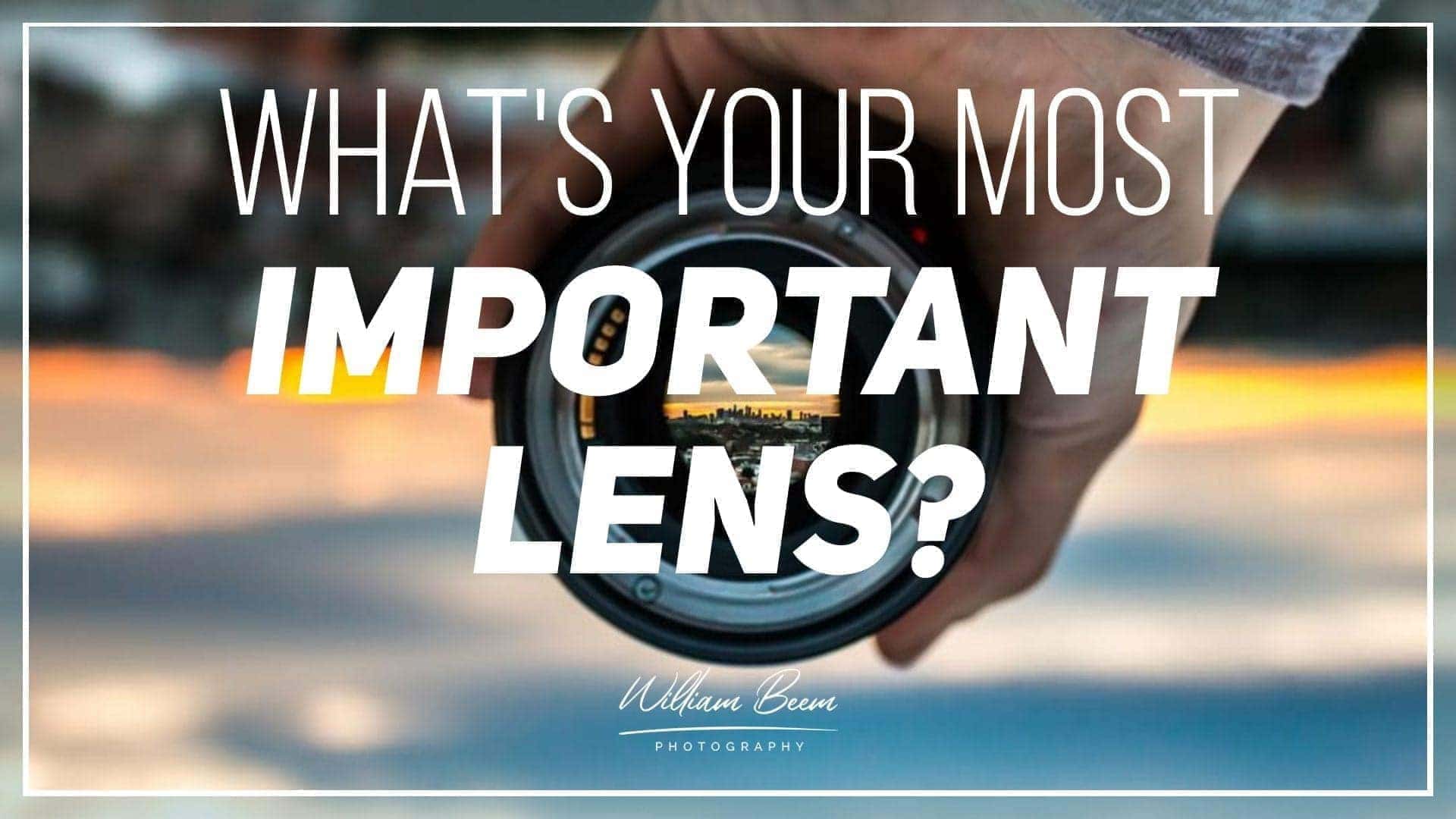
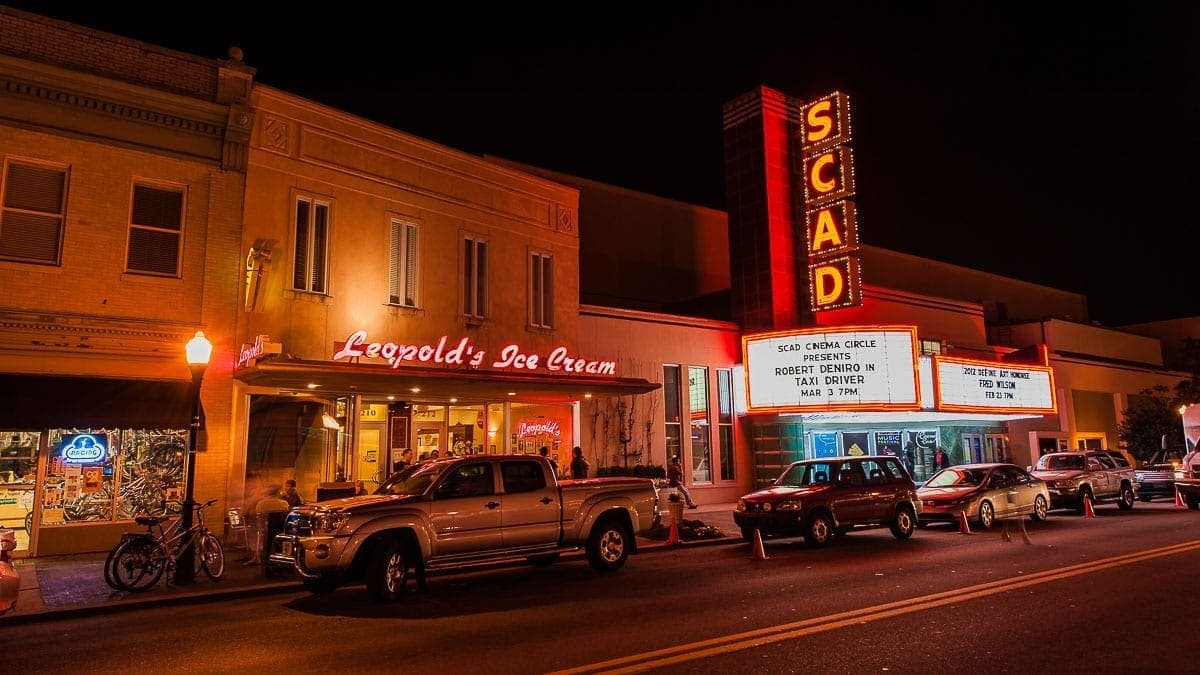
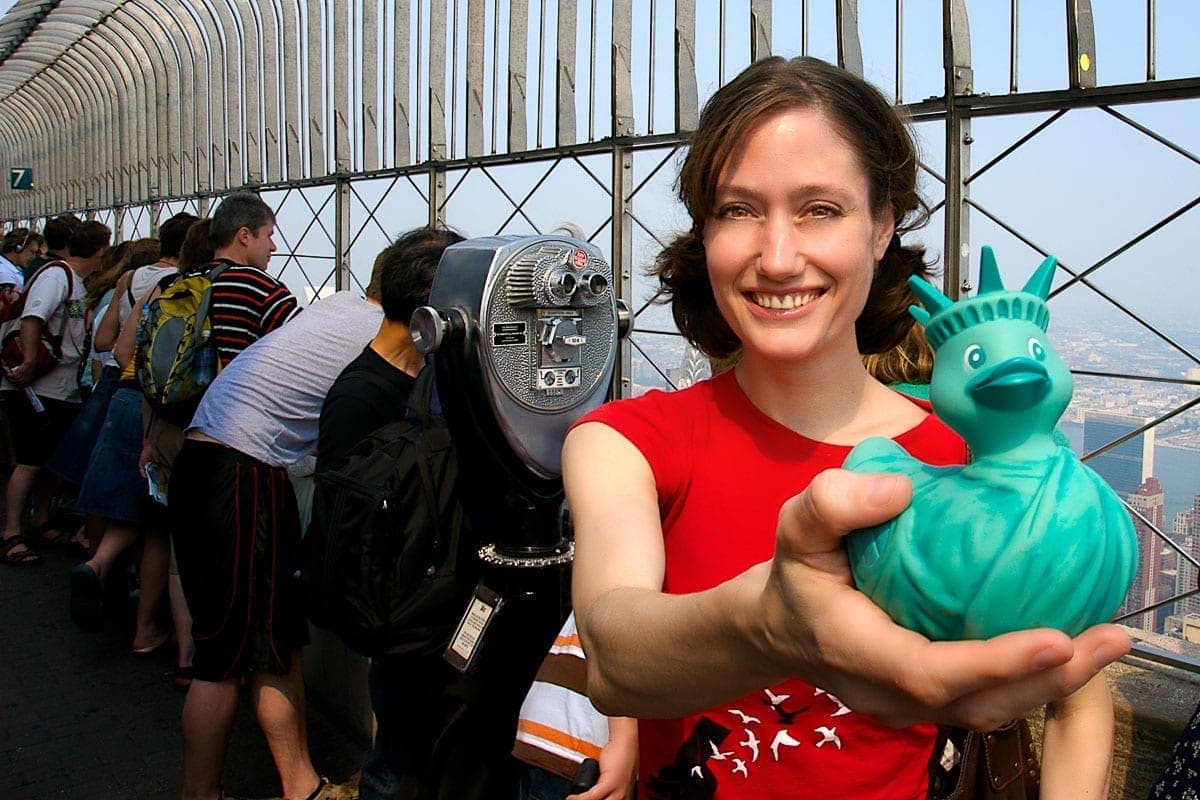
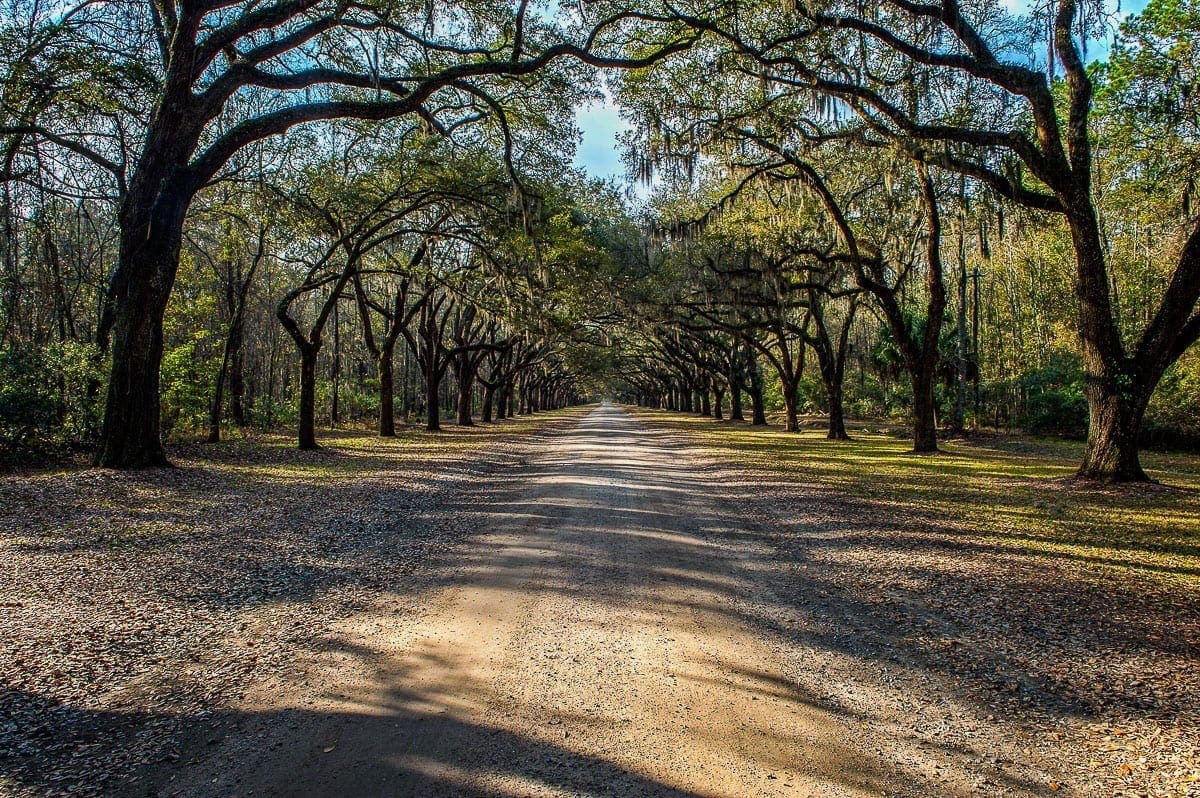
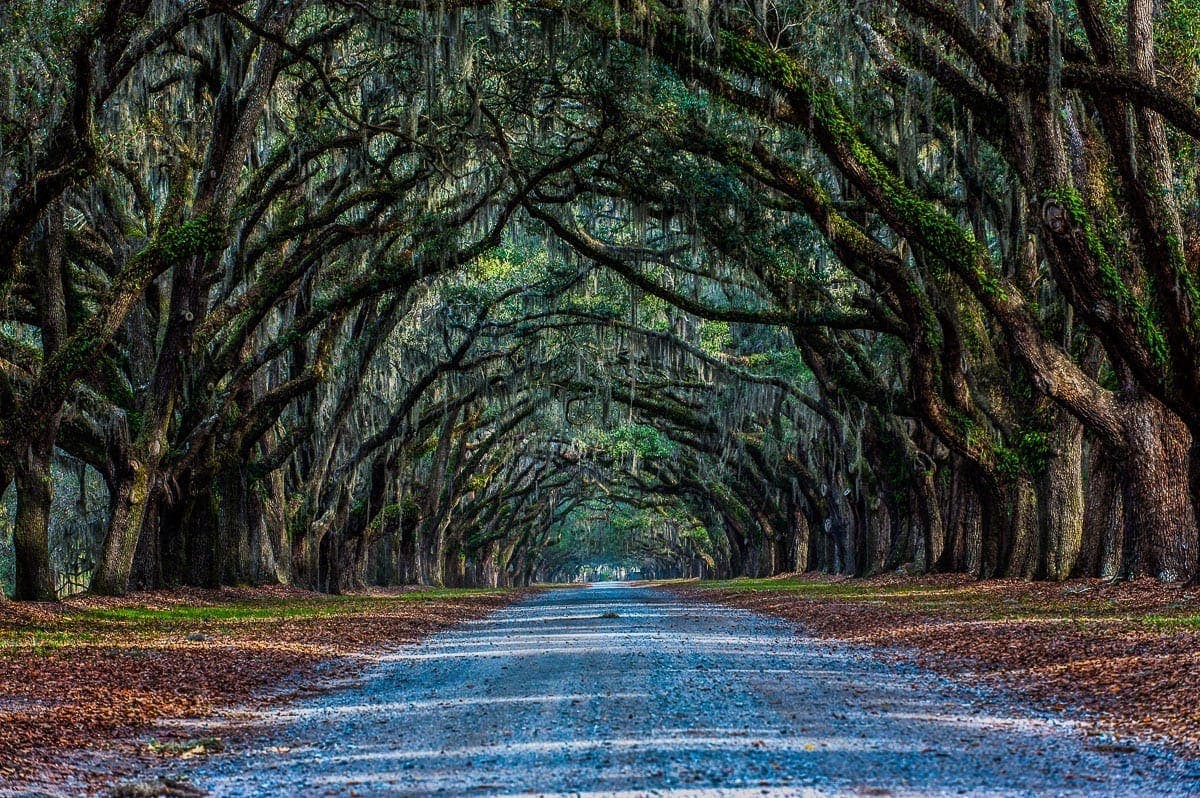
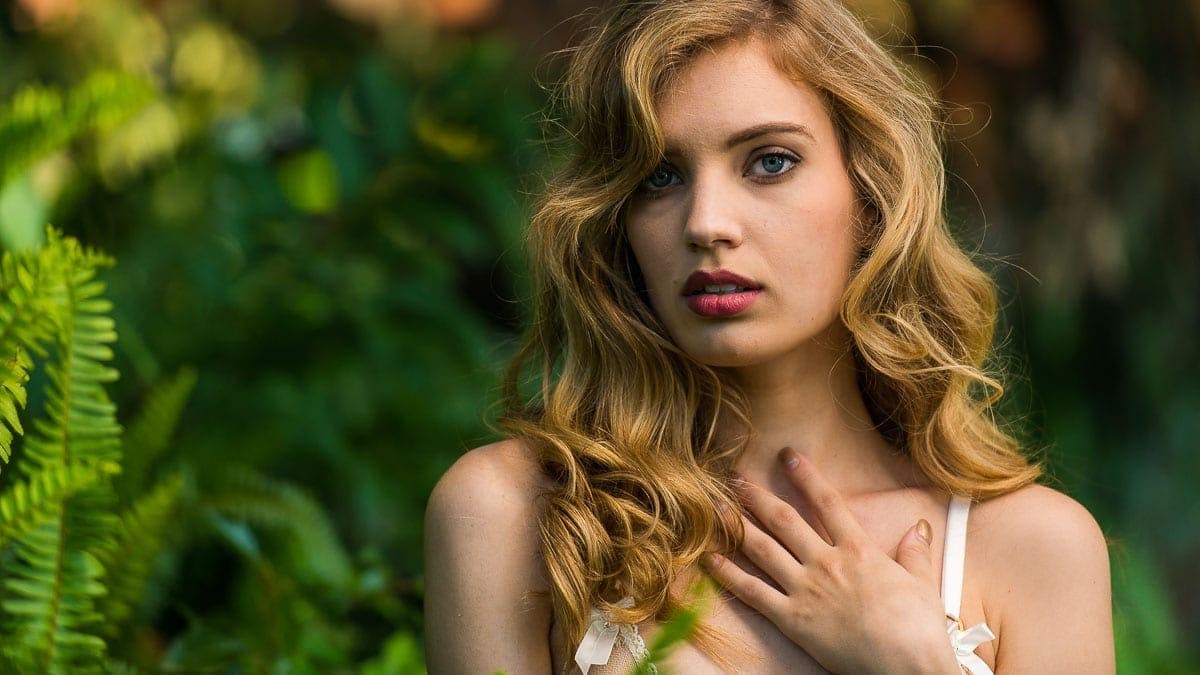
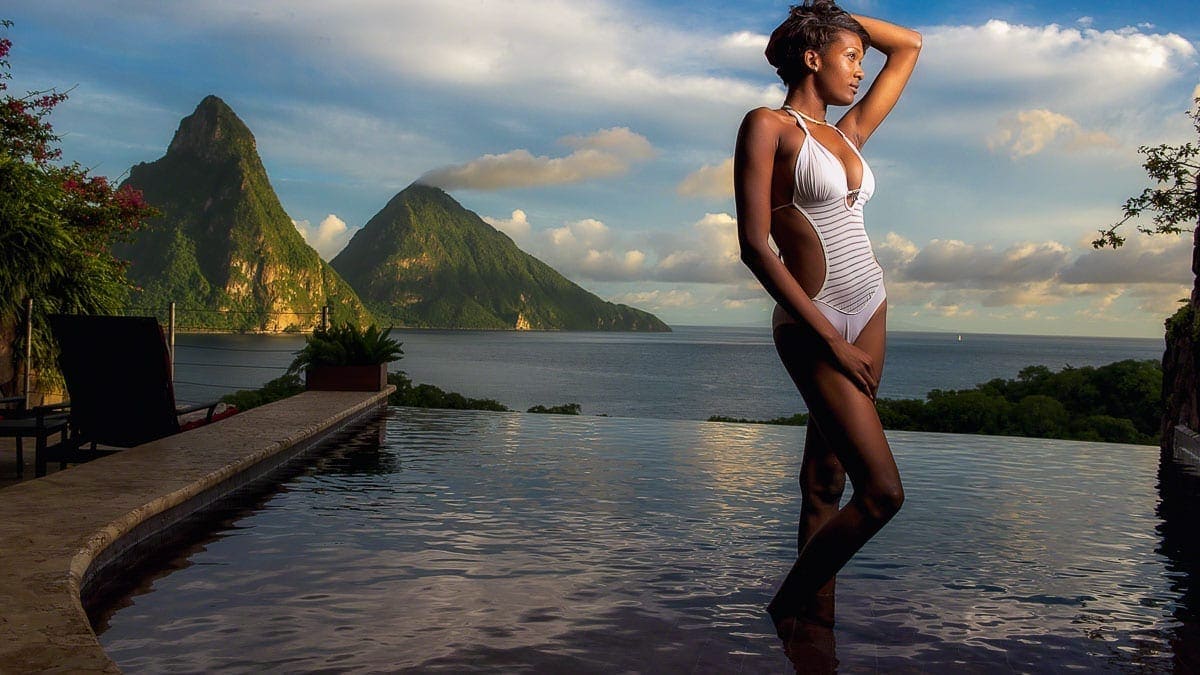
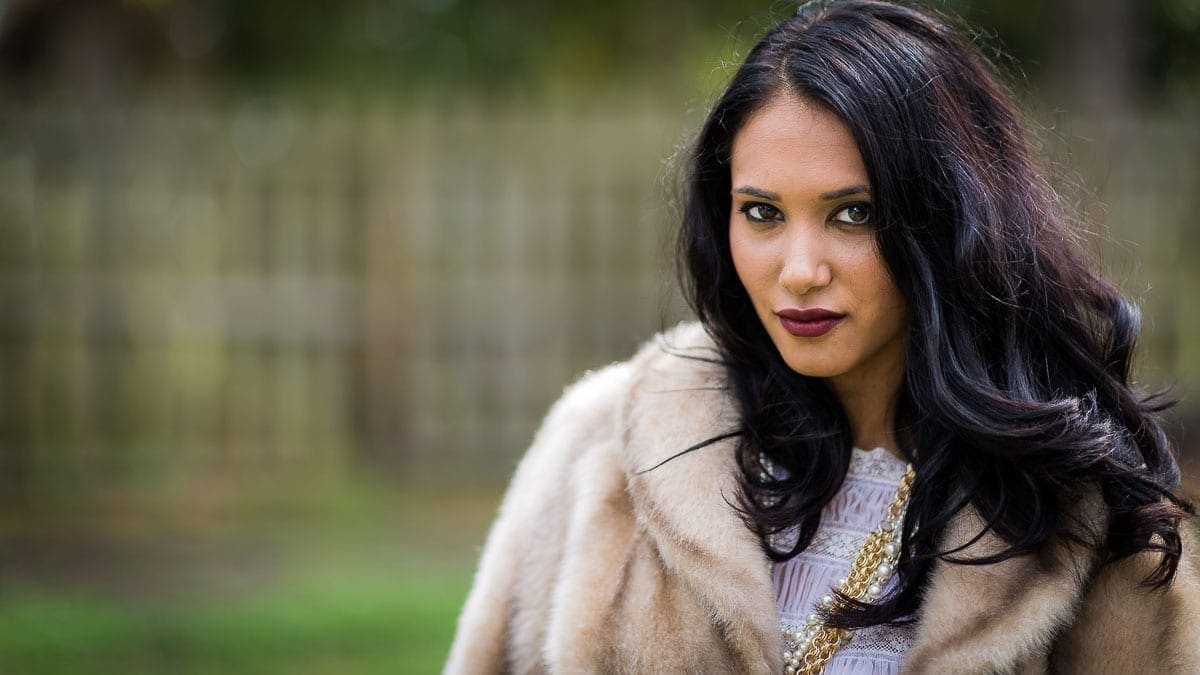
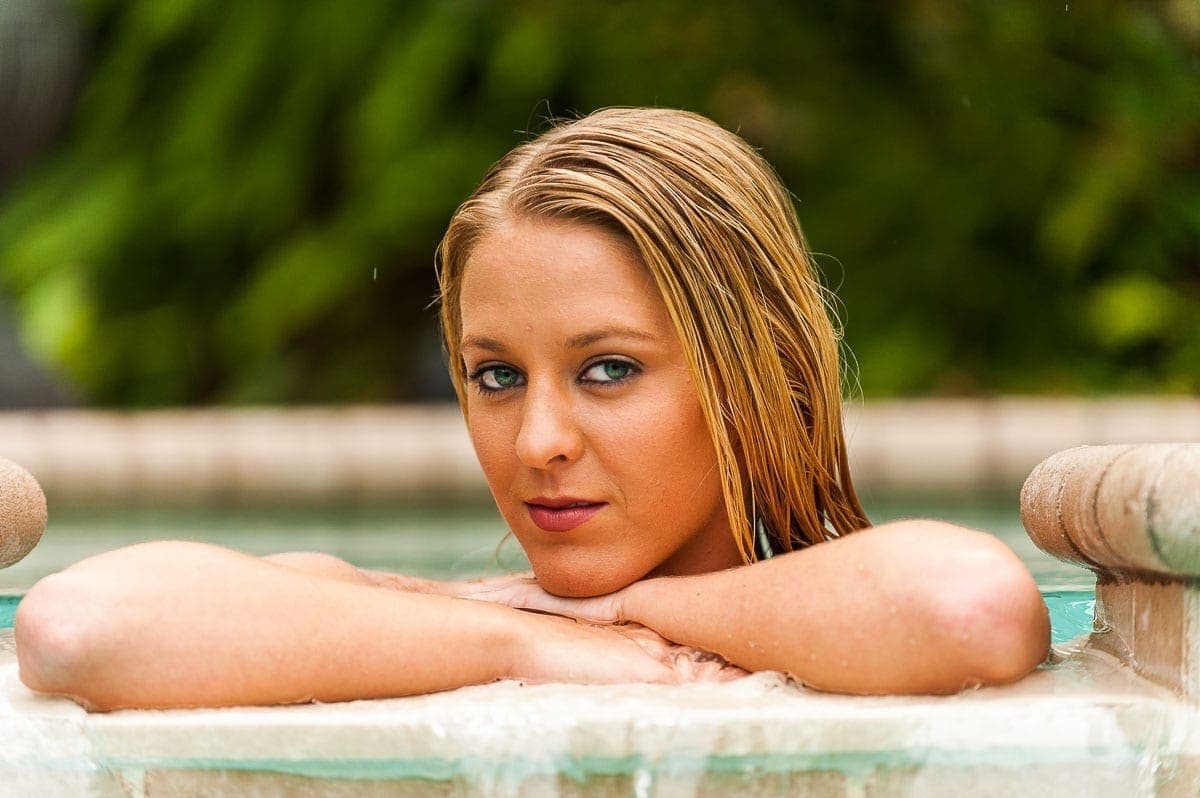
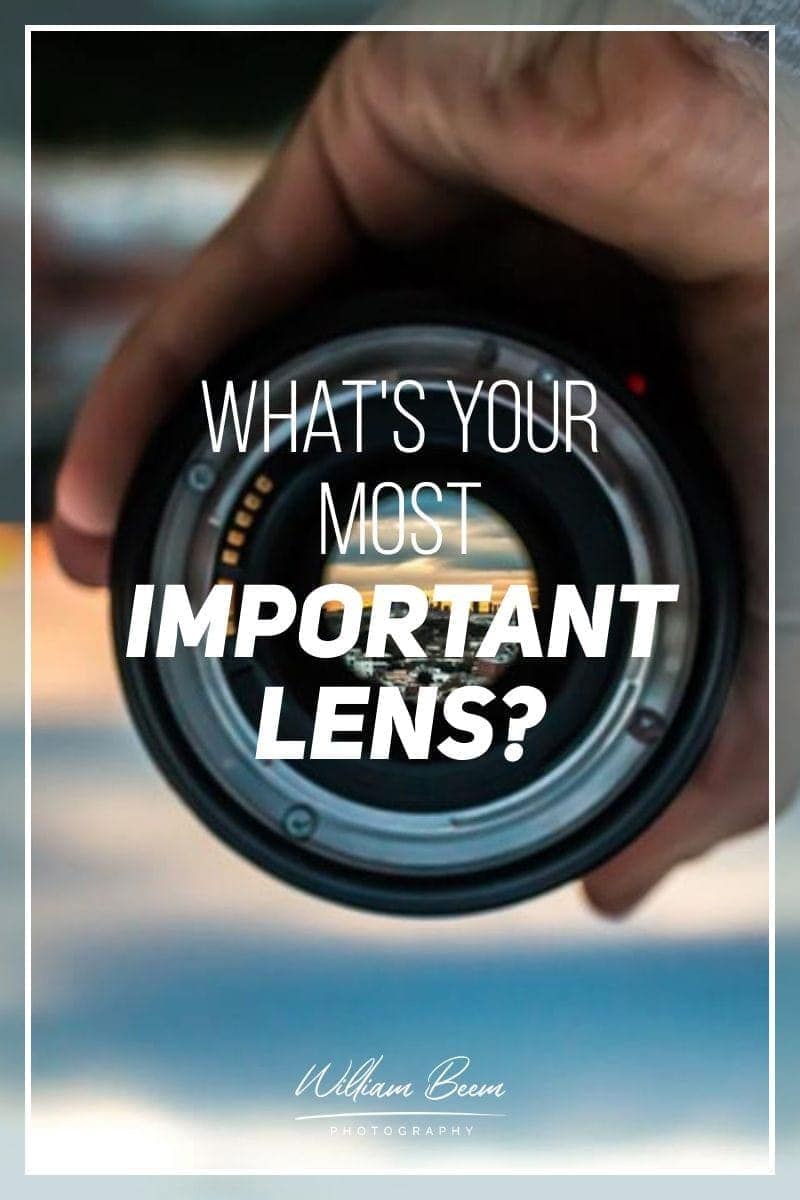
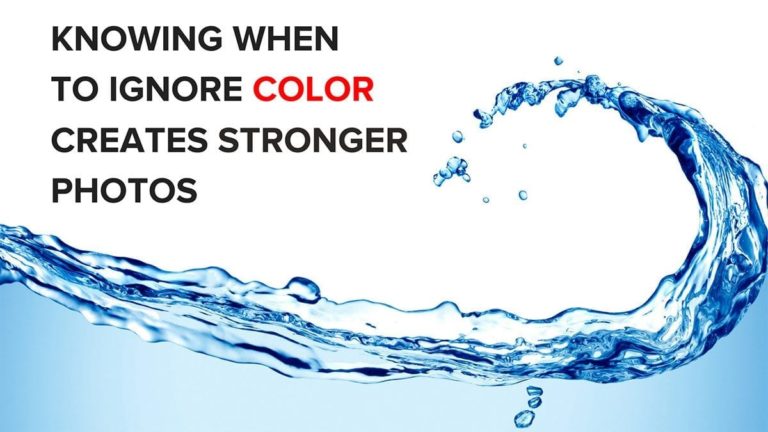
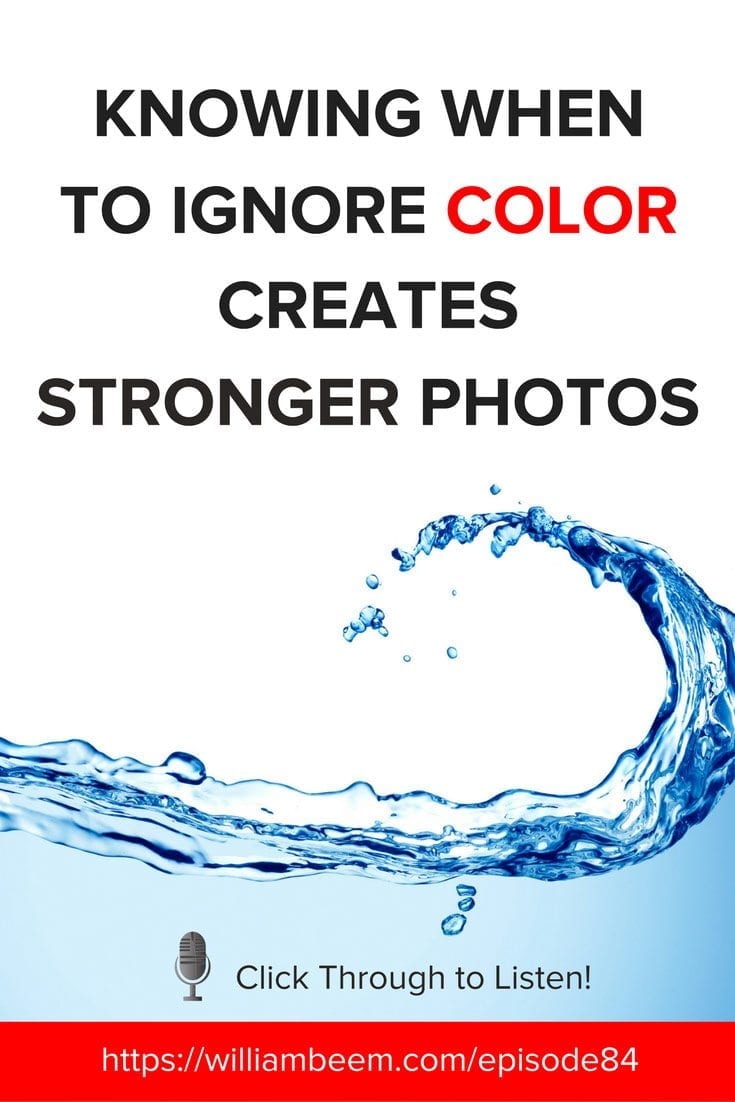
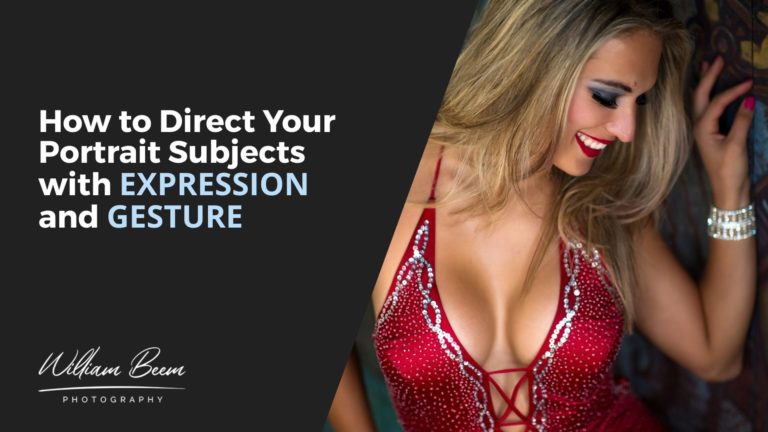
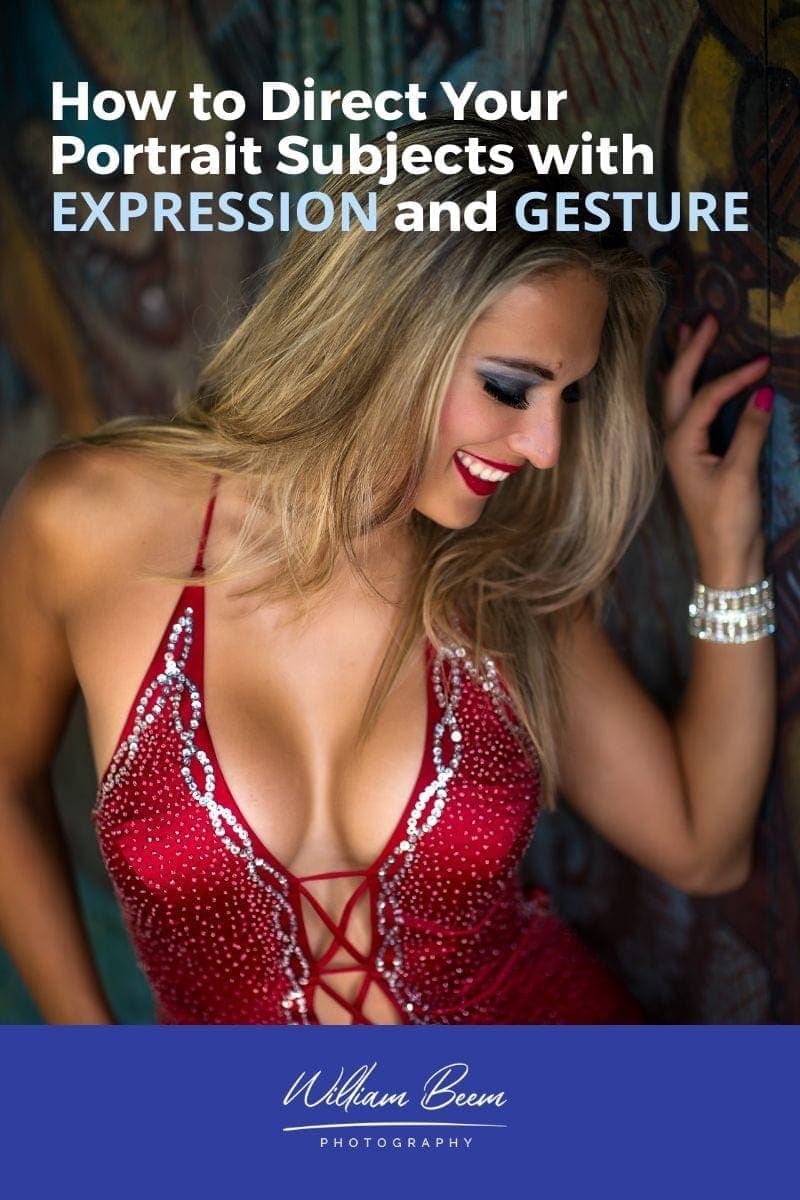
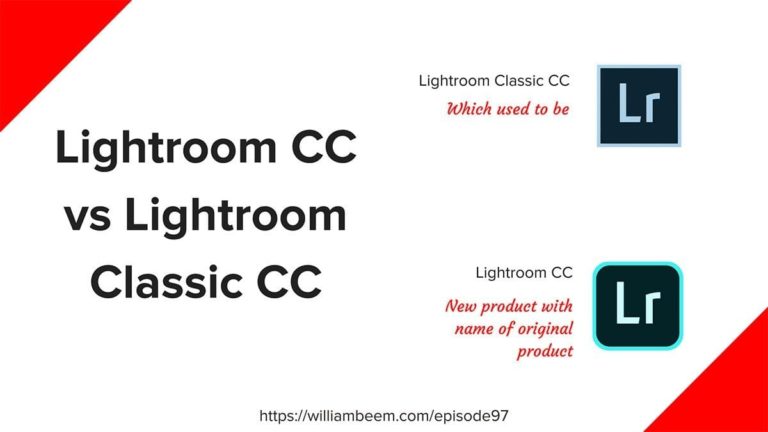
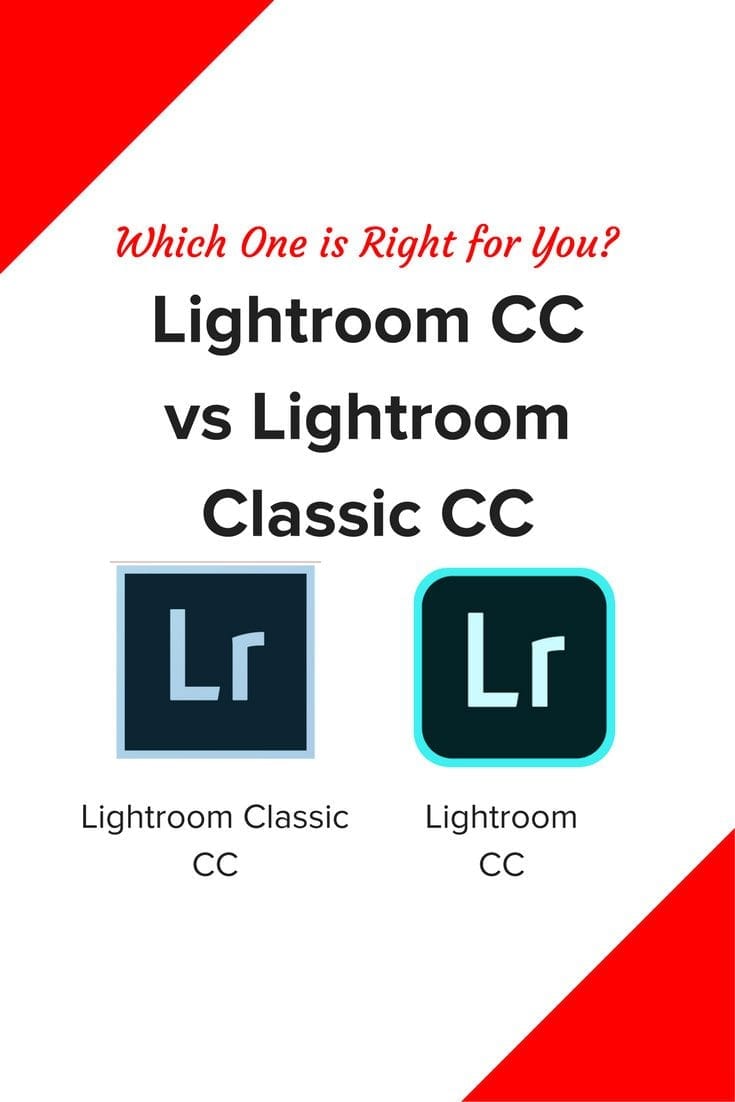
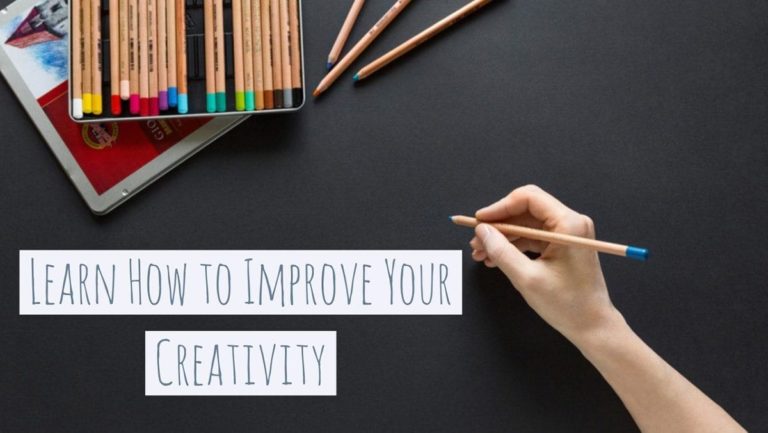
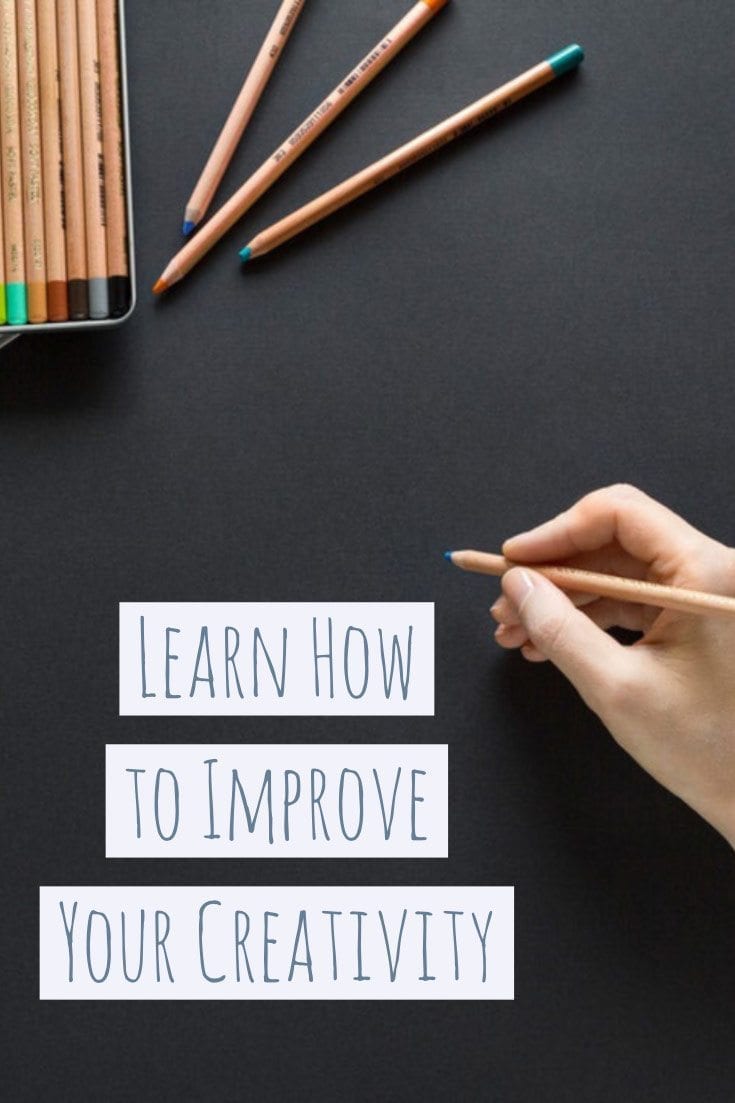
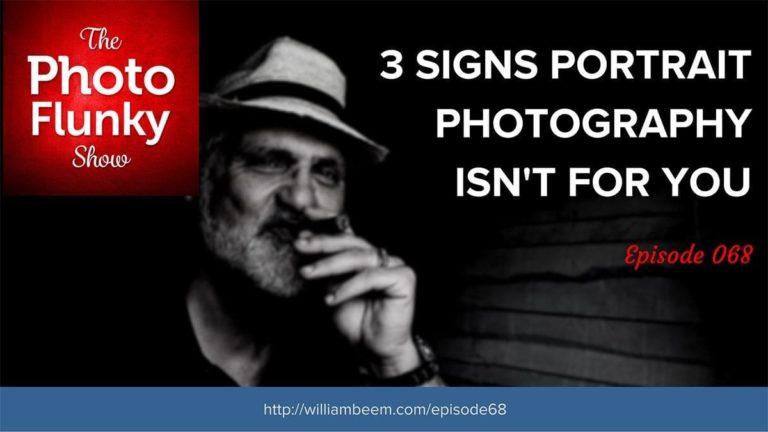
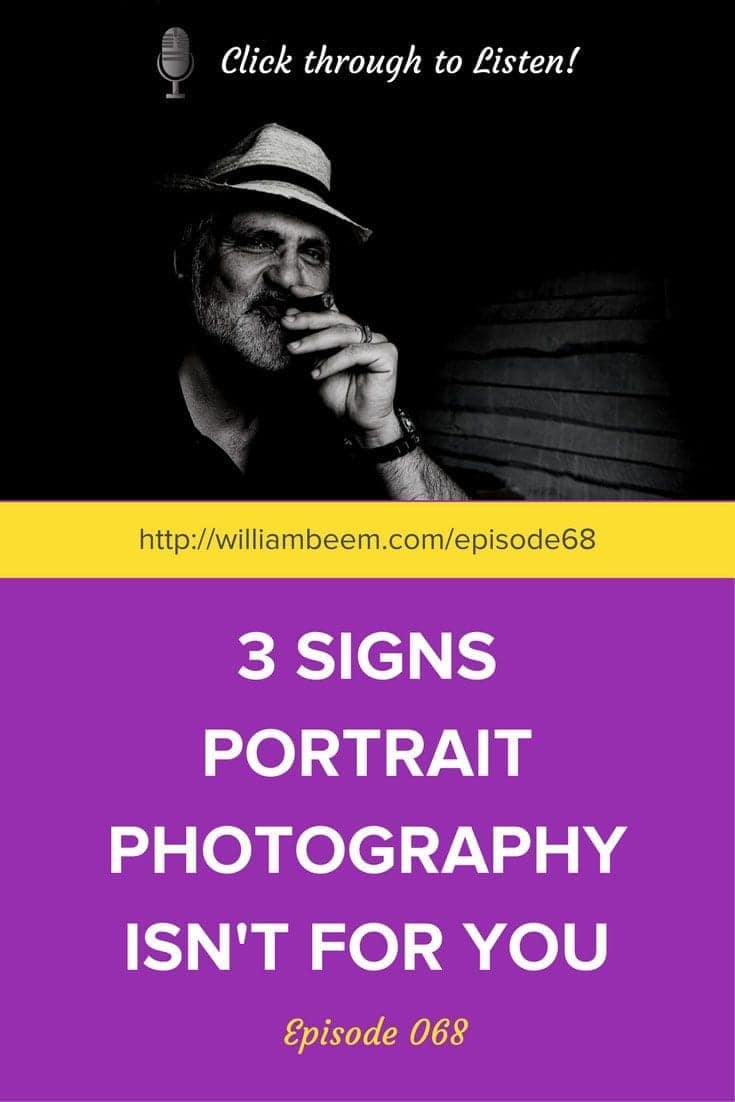
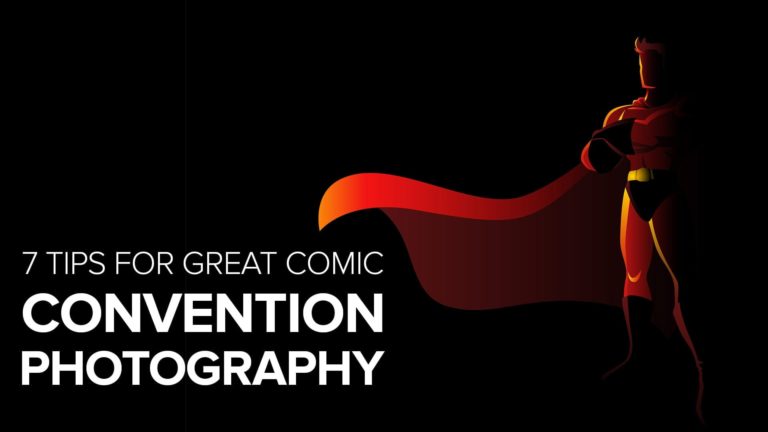
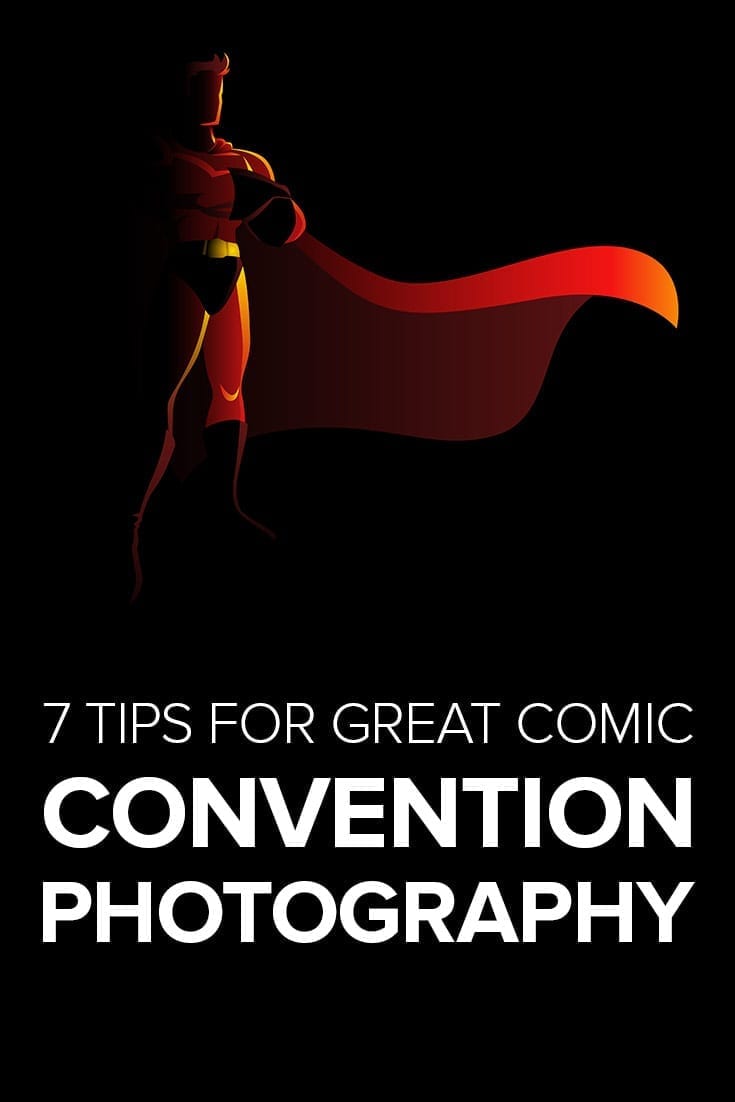
Great article, William.
I love those articles that make you “think” and not only go forward and finish it. Sometimes you even have to come back and start a paragraph again.
By the way: I’ve got the Nikon 85mm 1.4G. It is just amazing. I love portraits, so it’s a must for me. And yes it’s a pain if you don’t “align” the eyes. I don’t regret having purchased it. For me it’s some kind of pleasure to use it.
Maybe because I’m just an enthusiast, for me photography is a hobby and a pleasure, so most of my equipment has been purchased without seeking profitability. The few professionals I know are surprised when they see my equipment and accessories. There may be lenses or accessories that I will use very rarely in my life, ten or twenty times. But for me it was worth it. These are the advantages of not having to spend money on the best golf sticks or in tennis rackets. In other words: each one has its own ladder in which you place what is most important to you and you will not stop buying a gadget just because you are worried about what others are going to think. The hell with them!
Sorry for my English! Greetings!
Hi Juan,
Thanks for the great comment. I’m really happy that you liked this piece and it gave you something to think about.
The Nikon 85mm f/1.4 is a great lens, no doubt about it. It’s one of those things that I bought because I wanted it, mostly due to the hype from other owners. When I use it, I typically get some great results. However, that shallow depth of field burned me a few times.
Like you said, it’s worth it if you truly enjoy what you bought. I don’t play tennis or golf, either. So it’s really nice to get some new additions to the camera bag. These days, I seem to be spending more on lighting gear and accessories than lenses.
There’s always something new to extend your photography love.